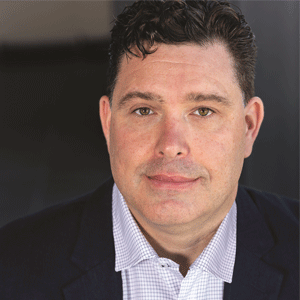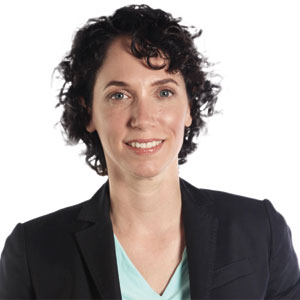THANK YOU FOR SUBSCRIBING
Editor's Pick (1 - 4 of 8)

Want Your Next Project to Succeed? Engage Your Stakeholders
Billy Ingram, Director of Lean Product Development, Interface


Billy Ingram, Director of Lean Product Development, Interface
In My Opinion, of The Three Pillars of a Sustainable Culture, Social Responsibility is The Hardest to Effectively Implement and Maintain











